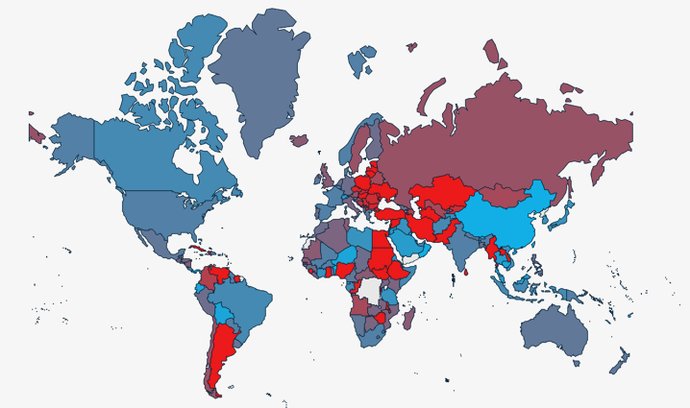Fed (Americká centrální banka):
- Globální trhy cítí tlak, protože výnosy amerických dluhopisů stoupají a posiluje dolar po tom, co Fed minulý týden zaujal jestřábí postoj1.
- Představitelé Fedu varovali v pátek před dalšími zvýšeními sazeb, i když minulý týden hlasovali pro udržení základní sazby2.
- Fed nyní očekává, že ekonomika bude více odolná vůči zvýšením sazeb, protože zvýšil své prognózy pro hrubý domácí produkt (HDP) a snížil je pro nezaměstnanost3.
Ropa Brent:
- Ceny ropy Brent stoupají, protože investoři se zaměřují na vyhlídky na nižší dodávky poté, co Moskva dočasně zakázala export paliv4.
- Ceny ropy Brent dnes dosáhly 94,97 USD za barel5.
S&P 500:
- S&P 500 obchoduje za 20x předpokládaných zisků, což odráží významné snížení úrokových sazeb do příštího roku6.
- S&P 500 klesl poté, co se v důsledku rostoucích výnosů pokladničních poukázek snížily růstové sektory trhu, včetně technologií7.
Globální ekonomika:
- Světová ekonomika je připravena na zpomalení, protože zvyšování úrokových sazeb ovlivňuje aktivitu a zklamání s pandemickým oživením Číny8.
- Růst globální ekonomiky se očekává letos na 5,3 %, což je nejrychlejší za téměř pět desetiletí9.
Čínská ekonomika:

